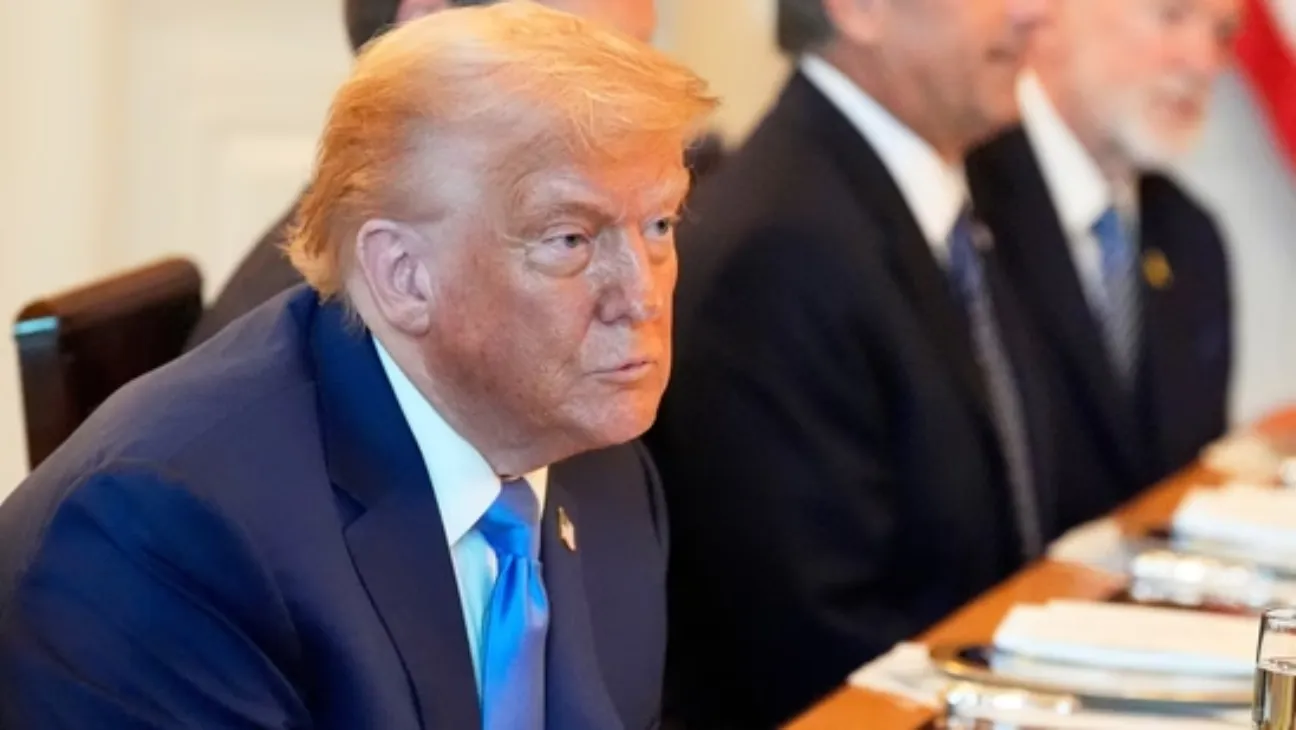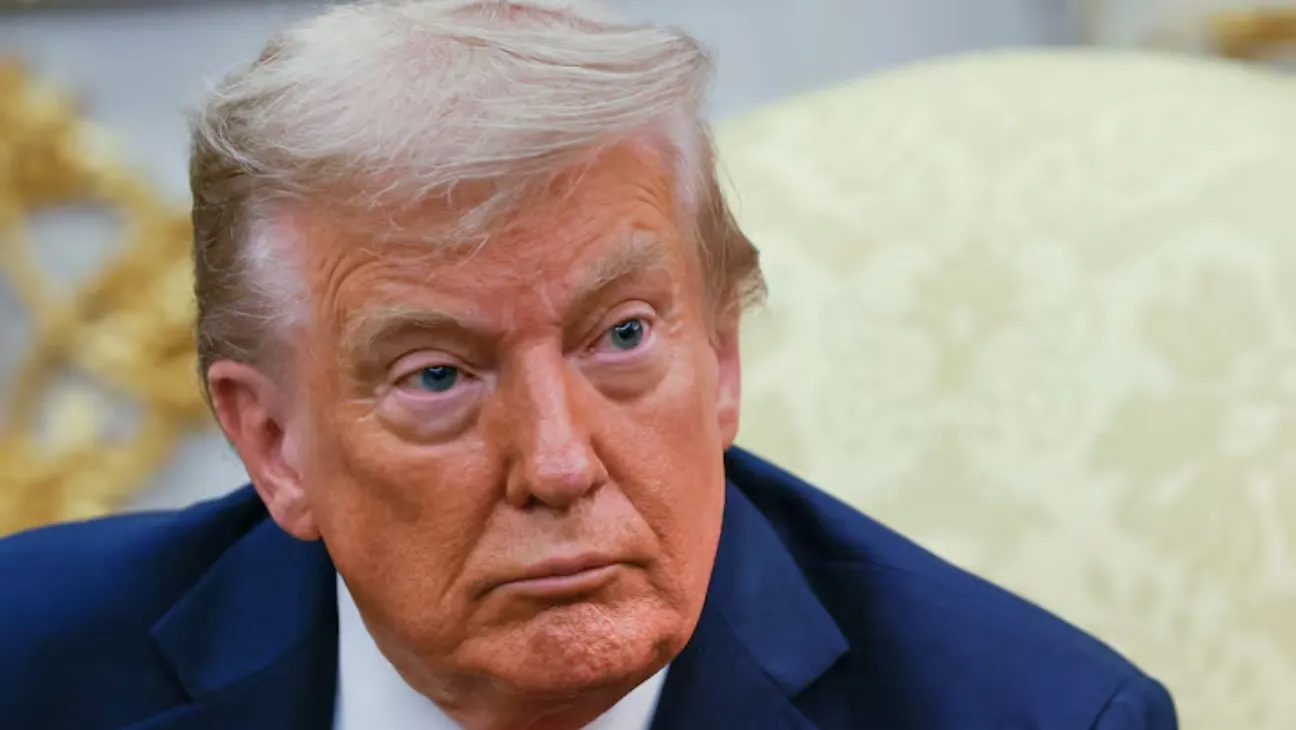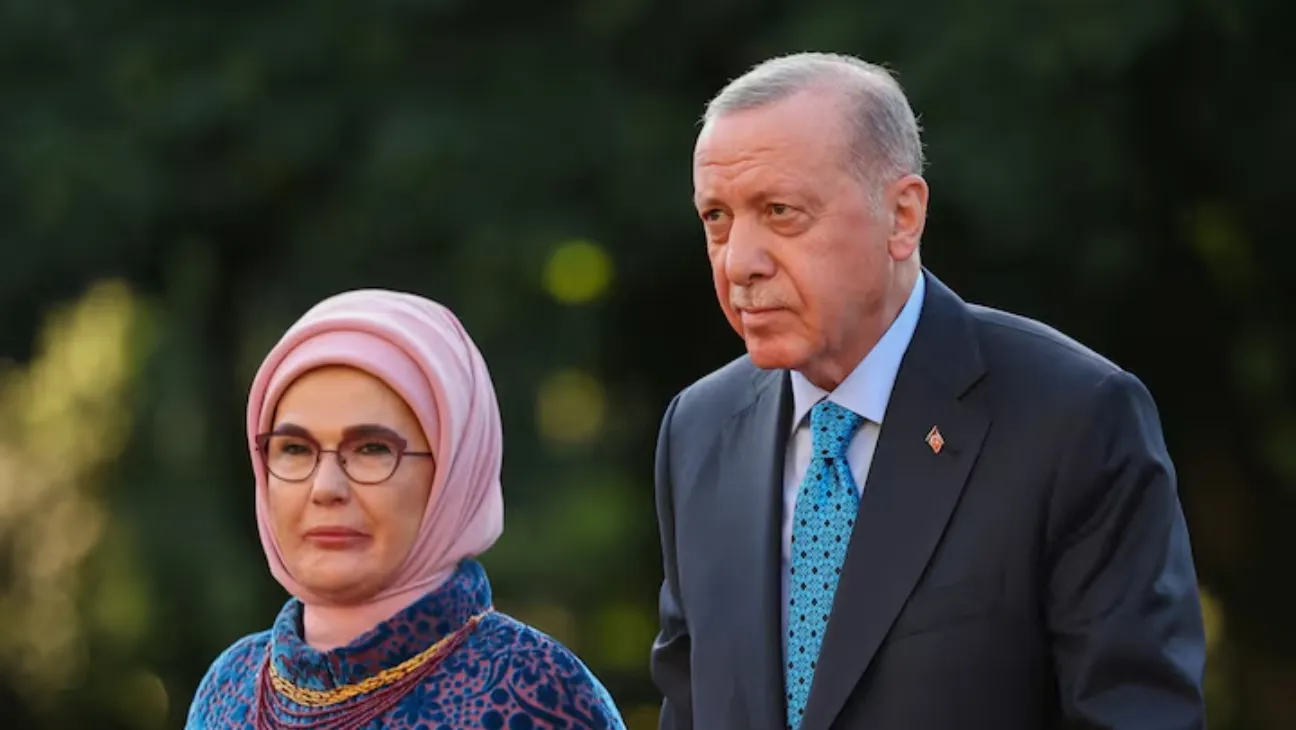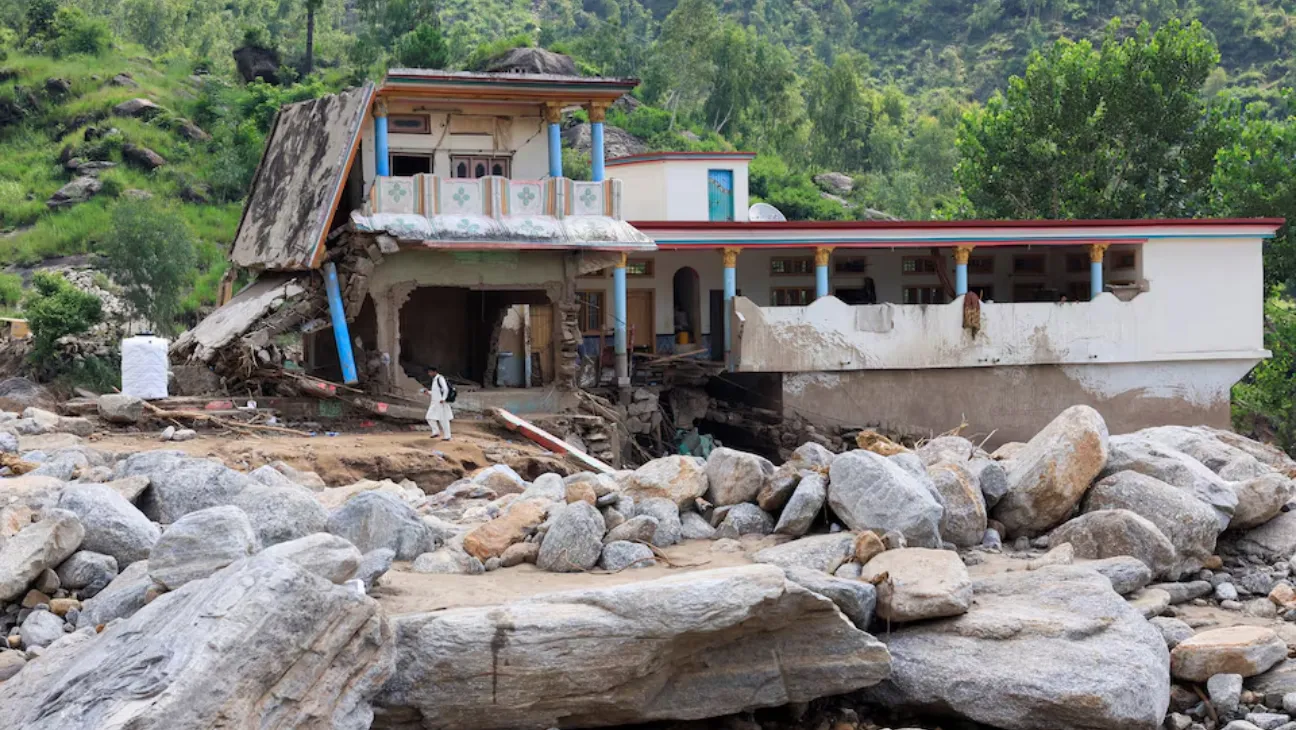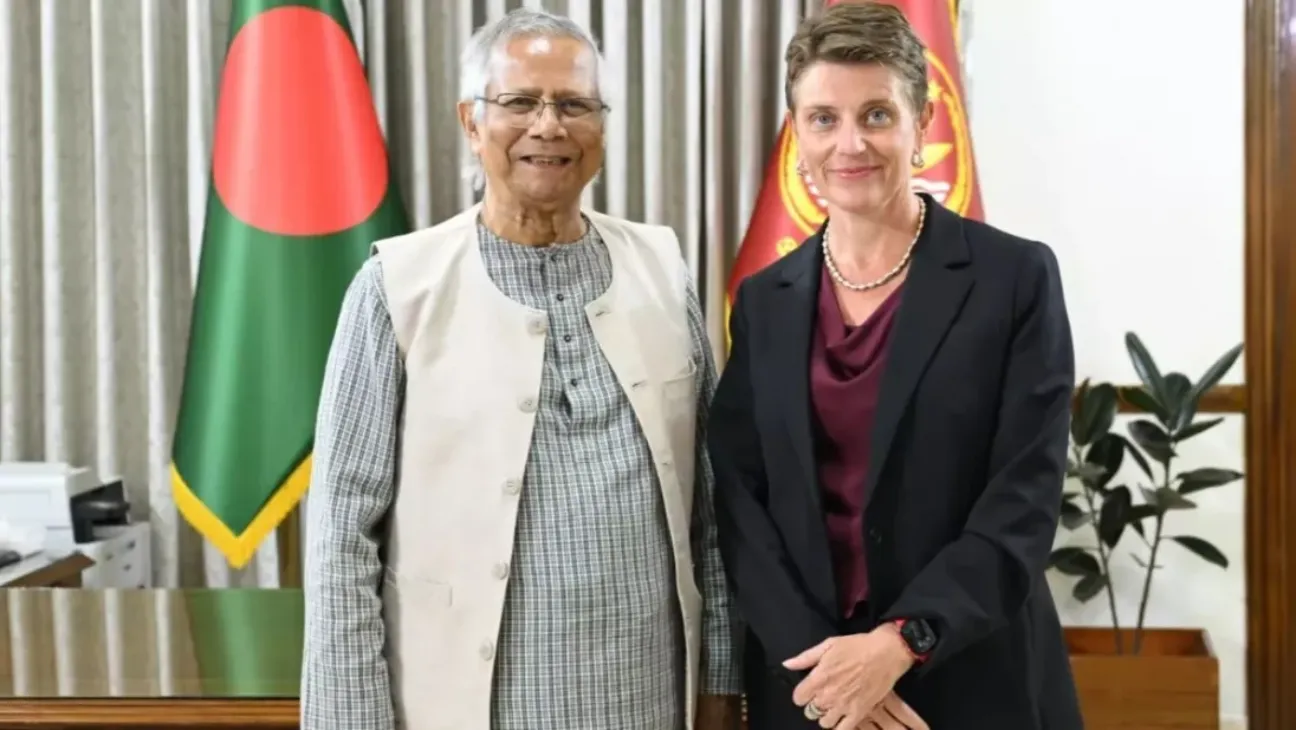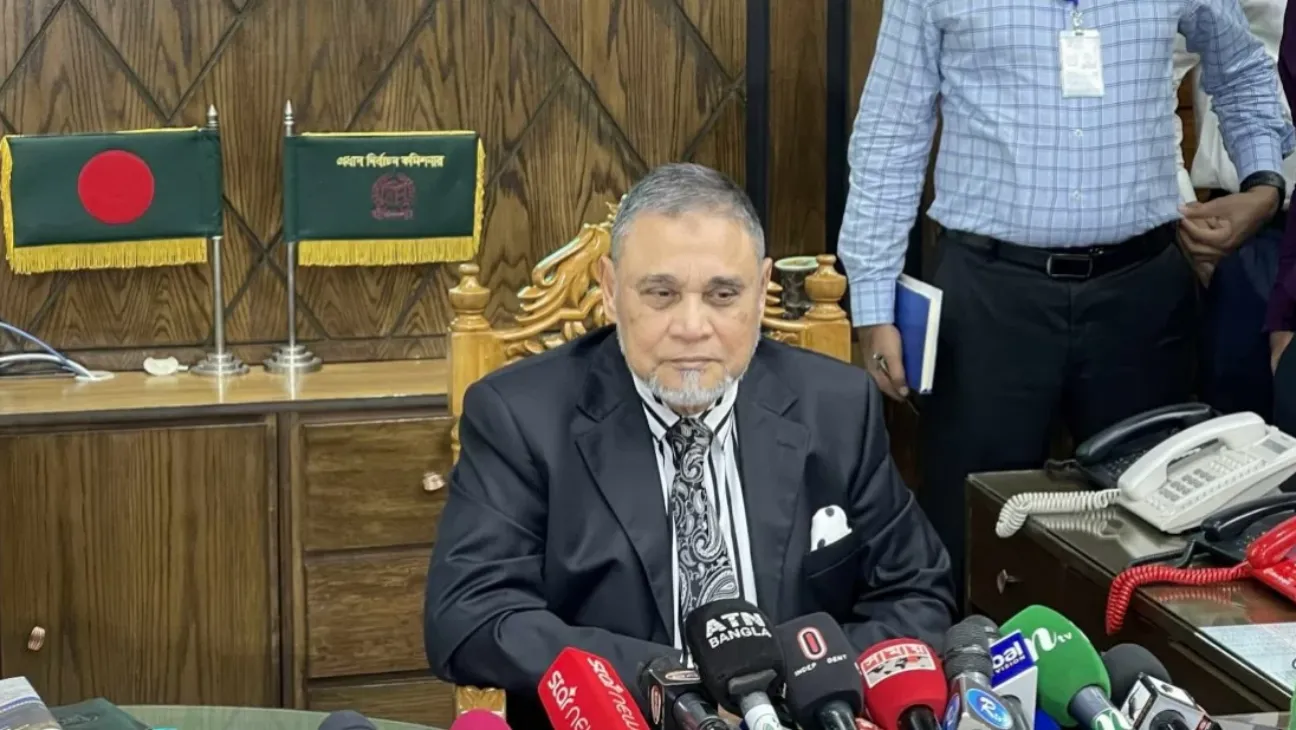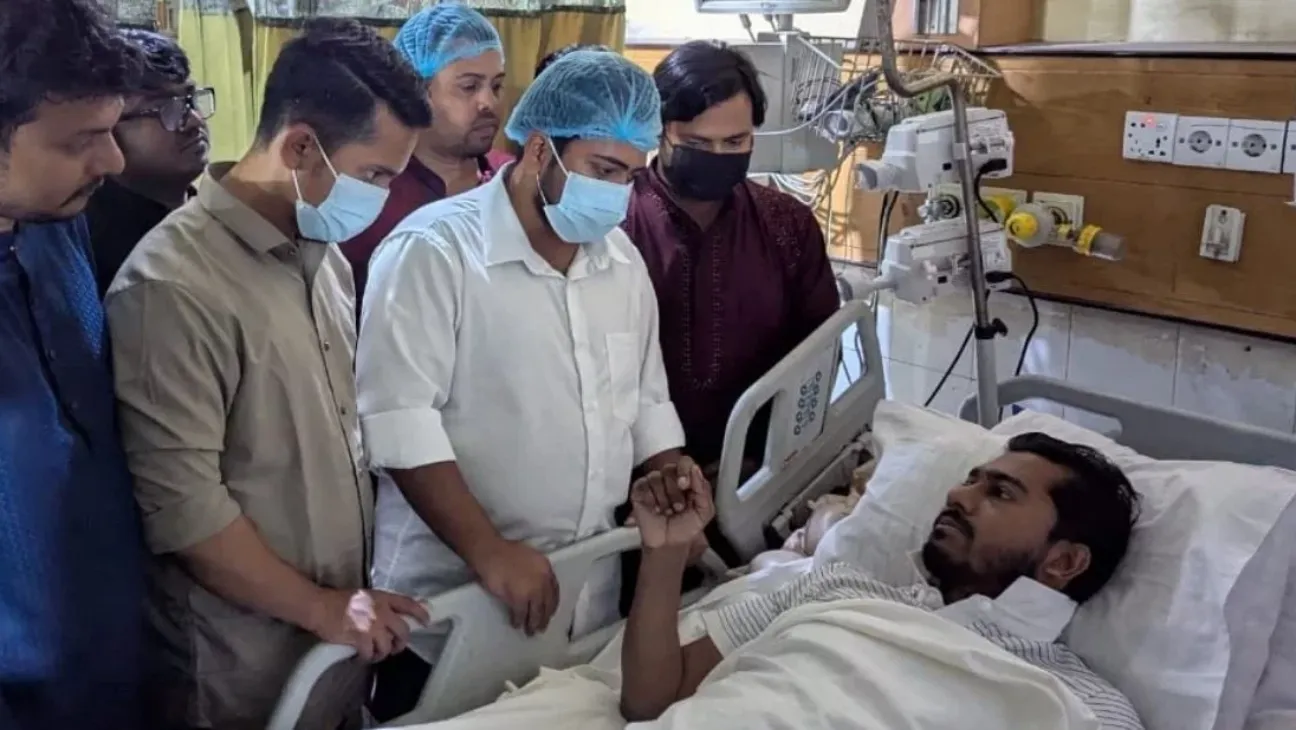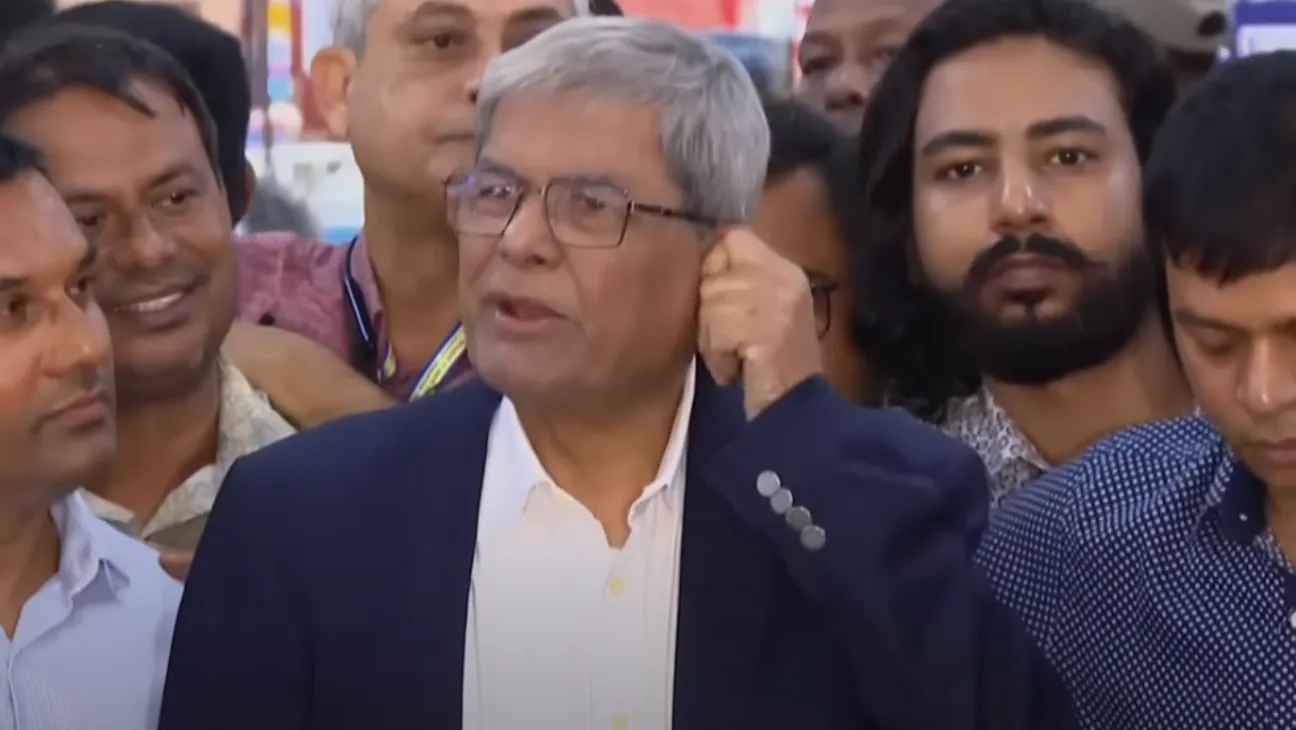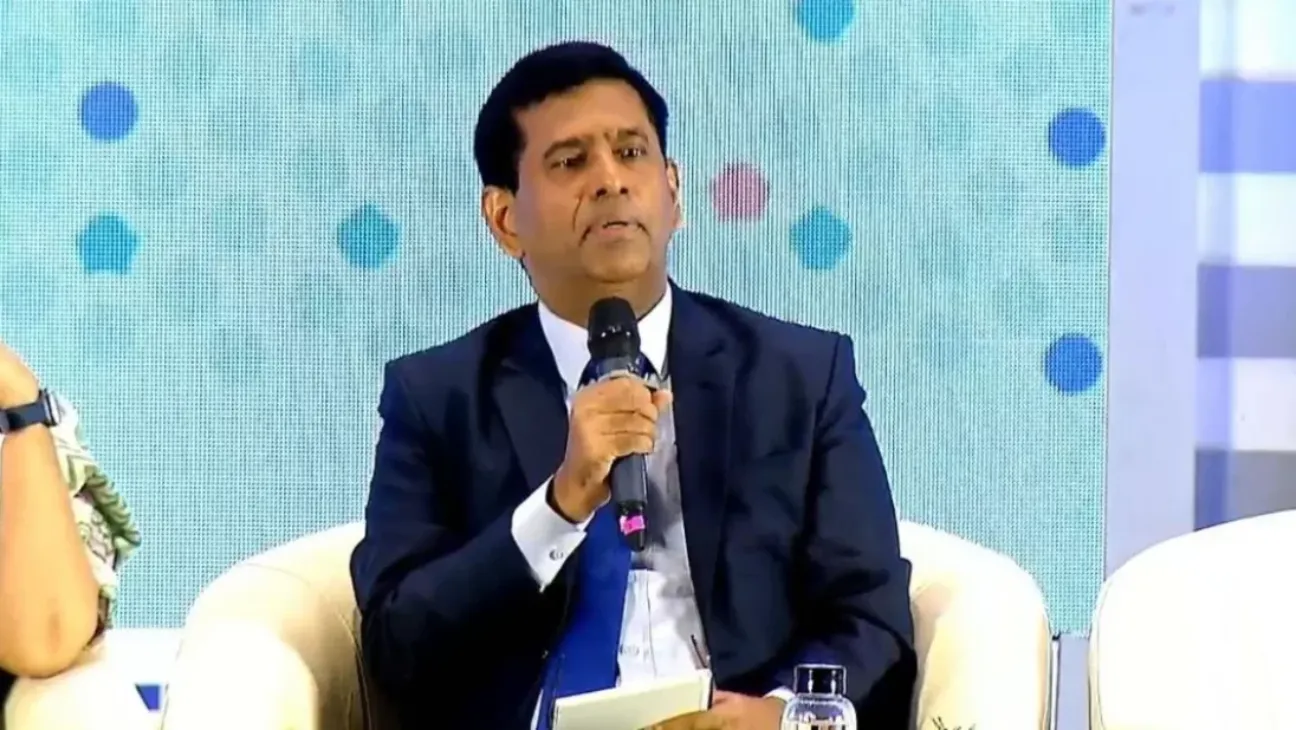U.S. President Donald Trump on Tuesday said the country is “close to making a deal” with India, even as his administration unveiled a new wave of tariffs targeting 14 countries.
Speaking from Washington, Trump said the U.S. had already concluded trade agreements with the United Kingdom and China. India, he noted, was next in line.
“We made a deal with the United Kingdom, we made a deal with China, we’re close to making a deal with India,” Trump said.
At the same time, the administration issued formal letters to several nations notifying them of tariff increases. These changes will come into effect starting August 1.
Tariffs Target Countries Across Asia and Africa
The countries facing the new duties include Bangladesh, Thailand, South Korea, Japan, Indonesia, Malaysia, Myanmar, Laos, Cambodia, South Africa, Serbia, Tunisia, Kazakhstan, and Bosnia and Herzegovina.
Myanmar and Laos are facing the steepest penalties so far, with 40 percent tariffs applied to their goods.
“We’re sending out letters to various countries telling them how much tariffs they have to pay,” Trump said. “Some will maybe adjust a little bit depending if they have a cause. We’re not going to be unfair about it.”
Talks with India Continue Behind the Scenes
The President’s comments followed a week of trade talks between U.S. and Indian negotiators in Washington. Indian officials have sought to ease pressure on sectors like agriculture, where New Delhi remains cautious.
A person familiar with the discussions said India modified its original stance, especially on dairy and genetically modified crops. “The livelihoods of millions of farmers are at stake,” the person said. “They cannot compete with America’s commercial-scale dairy farms.”
Calls to fully open India’s farm sector have been met with resistance, largely due to fears over food security and the impact on rural employment.
Deadline Shift Offers More Time for Negotiations
Trump had initially set a July 9 deadline for India to respond to tariff-related conditions. But following internal developments, he said the U.S. is now planning to extend the deadline to August 1 through an executive order.
ALSO READ | Trump Expands Tariff Measures to 14 Countries, Delays Deadline to August 1
“I would say firm, but not 100 percent firm,” Trump added when asked about the new date. “If they call up and they say we’d like to do something a different way, we’re going to be open to that.”
Indian Commerce Minister Piyush Goyal recently acknowledged the ongoing talks, saying India is willing to strike trade deals that serve national interests. He added, though, that India would not operate under “external pressure or arbitrary deadlines.”
India’s Concerns on Retaliatory Tariffs
New Delhi has also called for the removal of current U.S. tariffs. Indian goods now face a 10% base duty, plus an extra 16% under a U.S. country-specific rule introduced in April.
It’s still uncertain if those demands will make it into the final deal.
Right now, Washington is playing both sides—applying pressure while keeping talks open. The result could depend on how far each party’s willing to bend—and how fast they act.

